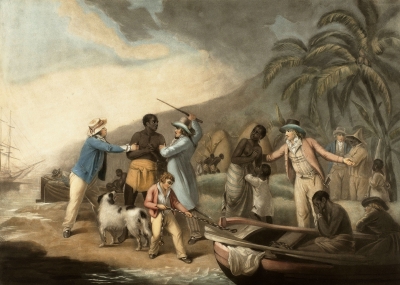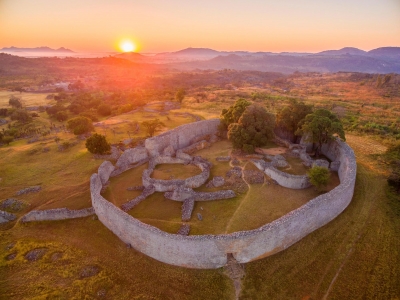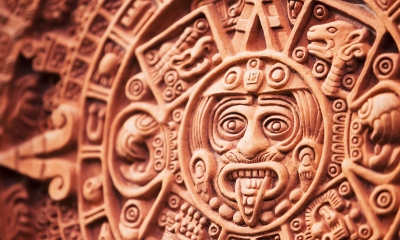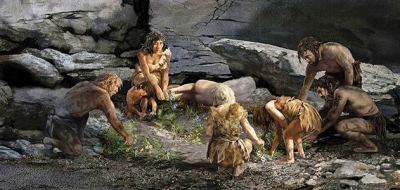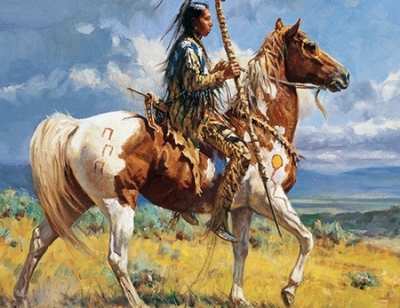
The Indians who lived in North America had been hunters since time immemorial. They were used to wandering across the vast prairies in pursuit of wild animals. But these Indians only became really nomadic after the coming of the Europeans.
We have often seen on western films how the Indians galloped along bareback on their horses, so it is quite surprising to learn that before the Europeans came in the fifteenth century, no horses had existed in the New World. The horse revolutionized the life of the Indians and changed their ways greatly.
Horses were brought to America by the Spanish conquerors and settlers. Some of these animals escaped and began to breed in the wild, multiplying into the numerous herds of the prairies and pampas. Soon there were tens of thousands of them throughout the continent. The Indians caught and tamed them and then learned to ride them. It was then that life changed for the Indians. This horse, known as the mustang, brought enormous advantages: the Indians tribes could now move more easily from place to place and hunting became more effective and profitable.
Picture Credit : Google

